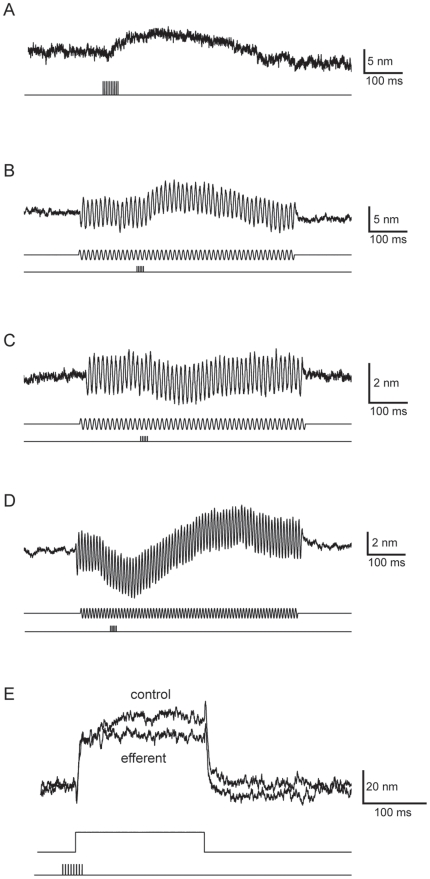Figure 4. Effects of efferent stimulation on hair-bundle position.
A, A train of efferent stimuli (lower trace) triggered movement of the hair bundle attached to a compliant probe (upper trace; one compartment, 2 mM-Ca2+ saline). In this and subsequent traces, an upward deflection represents movement in the positive direction, toward the kinocilium. B, During sinusoidal mechanical stimulation (middle traces), the same hair bundle as in A shifted in the positive direction after efferent stimulation without a change in the amplitude of the motion (one compartment, 2 mM-Ca2+ saline, ±30 nm). C, In another hair cell, a similar paradigm induced a shift in the negative direction (two compartments, 0.25 mM-Ca2+ endolymph, 2 mM-Ca2+ saline, ±40 nm). D, Efferent activity occasionally triggered a biphasic movement of the hair bundle (two compartments, 0.25 mM-Ca2+ endolymph, 2 mM-Ca2+ saline, ±40 nm). The traces represent the averages of 20–50 repetitions. E, A hair bundle was stimulated by application of a 150-nm displacement pulse (middle trace) at the base of a compliant fiber. After displacement of the bundle toward its kinocilum, the bundle's movement (top trace) displayed slow adaptation before reaching a steady-state displacement of 44 nm. When the same protocol was preceded by efferent stimulation (bottom trace), the steady-state displacement dropped to 32 nm (two compartments, 0.25 mM-Ca2+ endolymph, 2 mM-Ca2+ saline, fiber stiffness 42 µN m-1, fiber drag coefficient 124 nN s m-1).

